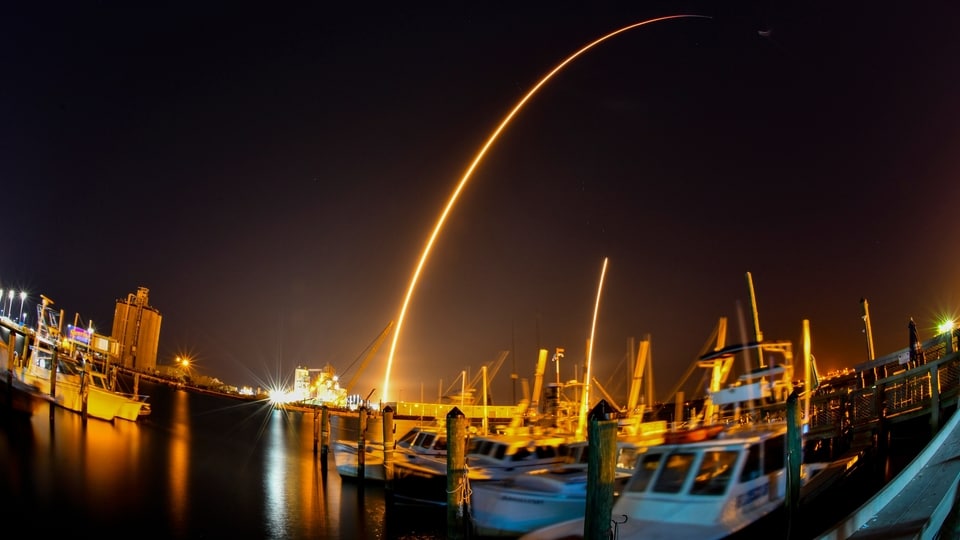
HAKUTO-R mission: Japan's ispace launced world's first commercial moon lander.
HAKUTO-R mission: Japan’s ispace launced world’s first commercial moon lander without incident from Cape Canaveral, Florida, after two postponements caused by inspections of its SpaceX Falcon 9 rocket.
A Japanese space startup launched a spacecraft to the moon. More than a hundred people at a viewing party in Tokyo roared in applause when the rocket fired and lifted into the dark skies.
“I’m so happy. After repeated delays, it’s good that we had a proper launch today,” said Yuriko Takeda, a 28-year old worker at an electronics company who joined the gathering.
“I have this image of the American flag from the Apollo landing, so while this is just the launch, the fact that it’s a private company going there with a rover is a really meaningful step.”
SpaceX
SpaceX is the one who has launched Japanese start-up ispace’s luner lander to moon. It has already launched its Falcon 9 rocket more than 50 times this year.
HAKUTO-R mission, the payloads include the Rashid lunar rover from the Mohammed Bin Rashid Space Center in Dubai; a two-wheeled “transformable lunar robot” from JAXA, the Japanese space agency; a test module for a solid-state battery from NGK Spark Plug Co.; an artificial intelligence flight computer; and 360-degree cameras from Canadensys Aerospace.
The Japanese company’s lander is not the only passenger on the flight. A secondary payload on the Falcon 9 is a small NASA mission, Lunar Flashlight, which is to enter an elliptical orbit around the moon and use an infrared laser to probe the deep, dark craters at the moon’s polar regions.
And while it hasn’t arrived yet, the moon will get a third new visitor next month. Danuri, a South Korean space probe, was launched in August and is due to enter lunar orbit 16 December 2022. The spacecraft will help the development of technology for future Korean missions, and it also carries scientific instruments to study the moon’s chemical composition and magnetic field.
Also read : NASA’s Orion Back On Earth
To read more such news, download Bharat Express news apps


















